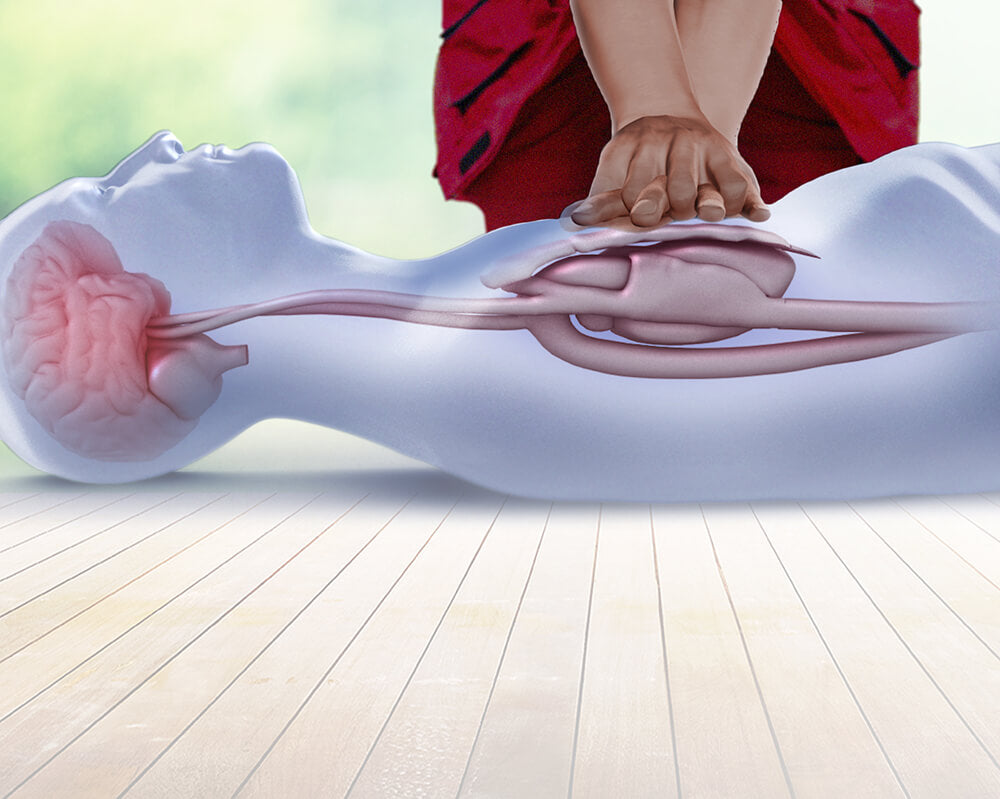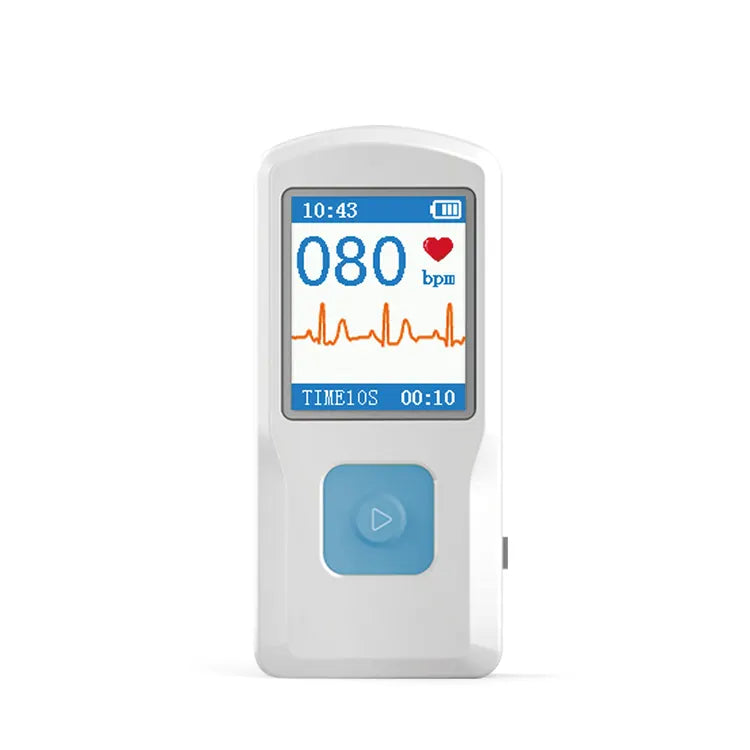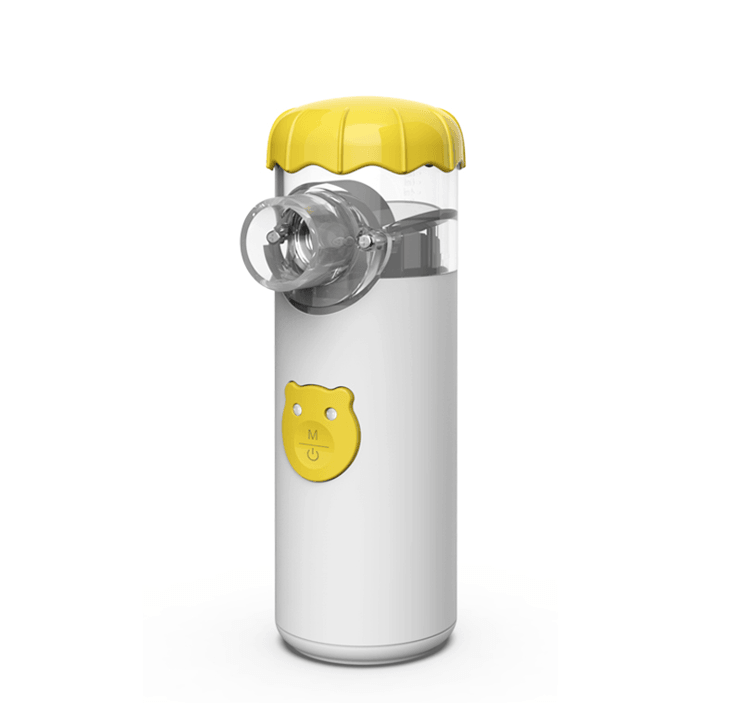Start with me:Everyone should learn CPR first aid skills

At MEDASIA Health, we are deeply committed to empowering individuals through At-Home Health Monitoring and Self-Diagnostic Testing. Recognizing the importance of being prepared for emergencies, our team has taken proactive steps by regularly participating in a variety of first aid training courses. We believe that health and safety start with ourselves, so we've made it a priority to equip our team with the knowledge and skills to respond effectively in critical situations.
On August 3, 2024, our company participated in a CPR and first aid training msession.

The objective of this training was to equip every team member with the fundamental skills necessary to respond effectively in emergency situations. By enhancing our collective preparedness, we aim to ensure the safety and well-being of both our employees and the wider community.

In emergencies, every second counts. Cardiac arrest, one of the most critical medical emergencies, can happen without warning. In such situations, Cardiopulmonary Resuscitation (CPR) is often the first line of defense, offering a chance to save a life before professional help arrives. Yet, despite its importance, many people are not familiar with this simple yet powerful technique. This blog explores why learning CPR is crucial and how it can make a life-or-death difference.

What is CPR?
CPR, or Cardiopulmonary Resuscitation, is an emergency procedure that combines chest compressions with rescue breaths. It is used when someone’s heart has stopped beating (cardiac arrest) or when they are not breathing. The goal of CPR is to manually keep blood circulating and oxygen flowing to the brain and other vital organs until normal heart function is restored or emergency medical services arrive.

The Impact of Cardiac Arrest
Cardiac arrest can occur in anyone, regardless of age or health status, and it often strikes without warning. The statistics are sobering: in the United States alone, over 350,000 out-of-hospital cardiac arrests happen each year, and survival rates are low—around 10%—without immediate intervention. The key to improving these odds is the prompt administration of CPR.
When the heart stops pumping, blood flow to the brain ceases almost immediately. Without oxygen, brain cells begin to die within minutes, leading to irreversible damage or death if not addressed quickly. CPR can significantly increase the chances of survival by maintaining a minimal level of circulation and oxygenation until the heart can be restarted.

Why Everyone Should Learn CPR?
- Quick Response Saves Lives: Cardiac arrest can happen anywhere—at home, in the workplace, or in public spaces. If someone nearby knows CPR, they can begin life-saving measures immediately, doubling or even tripling the victim’s chances of survival.
- It’s Easy to Learn: CPR training is straightforward and can be learned in a few hours. Many organizations, such as the American Heart Association and the Red Cross, offer CPR certification courses that teach the basics of the procedure, including how to recognize cardiac arrest, perform chest compressions, and give rescue breaths.
- You Could Be the First Responder: In many cases, the first person on the scene of a cardiac arrest is a bystander. Knowing CPR empowers you to act confidently and effectively in such situations, potentially saving a life before professional help arrives.
- It’s a Lifelong Skill: Once you learn CPR, you carry that knowledge with you everywhere. It’s a skill that can be applied in various scenarios, from helping a loved one at home to assisting a stranger in a public place.
- Promotes a Culture of Preparedness: Encouraging CPR training within communities creates a culture of readiness. The more people who know CPR, the more likely it is that someone will be present to provide assistance when needed.

Steps of Cardiopulmonary Resuscitation (CPR)
Source for the following steps: American Red Cross
1.CHECK the scene for safety, form an initial impression and use personal protective equipment (PPE).
2.If the person appears unresponsive, CHECK for responsiveness, breathing, life-threatening bleeding or other life-threatening conditions using shout-tap-shout.
3.If the person does not respond and is not breathing or only gasping, CALL 9-1-1 and get equipment, or tell someone to do so.
4.Kneel beside the person. Place the person on their back on a firm, flat surface.
5.Give 30 chest compressions:
- Hand position: Two hands centered on the chest
- Body position: Shoulders directly over hands; elbows locked
- Depth: At least 2 inches
- Rate: 100 to 120 per minute
- Allow chest to return to normal position after each compression
6.Give 2 breaths:
- Open the airway to a past-neutral position using the head-lift technique.
- Pinch the nose shut,take a normal breath,and make complete seal over the person's mouth woth your mouth.
- Ensure each breath lasts about 1 sencond and makes the chest rise;allow air to exit before giving the next breath.
Note: If the 1st breath does not cause the chest to rise, retilt the head and ensure a proper seal before giving the 2nd breath If the 2nd breath does not make the chest rise, an object may be blocking the airway
7.Continue giving sets of 30 chest compressions and 2 breaths. Use an AED as soon as one is available! Minimize interruptions to chest compressions to less than 10 seconds.

Conclusion
CPR is more than just a medical procedure—it’s a lifesaving skill that everyone should possess. By learning CPR, you equip yourself to make a critical difference in someone’s life during an emergency. Whether it’s a loved one or a stranger, your ability to perform CPR could be the key to their survival. Don’t wait until it’s too late—take the time to learn CPR today and become a vital link in the chain of survival.
МЫ РЕКОМЕНДУЕМ
Похожие статьи
- Подписаться MedInsights
- Подписаться MedInsights
- Подписаться MedInsights
- Подписаться MedInsights
- Подписаться MedInsights









